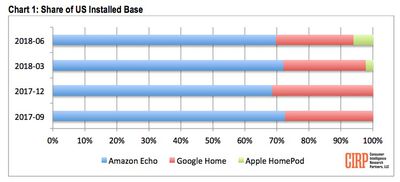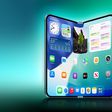For this week's giveaway, we've teamed up with Tech Armor to offer MacRumors readers a chance to win Tech Armor Lightning Earbuds that come equipped with an extra Lightning port so you can listen to music while your iPhone is plugged in and charging.
Apple removed the headphone jack from the iPhone 7, and since then, iPhones require headphones that work via Lightning, over Bluetooth, or with a Lightning to 3.5mm headphone jack adapter. These Lightning headphones from Tech Armor are ideal for all devices without a headphone jack, and they also work with iOS devices that are still equipped with a 3.5mm headphone jack.
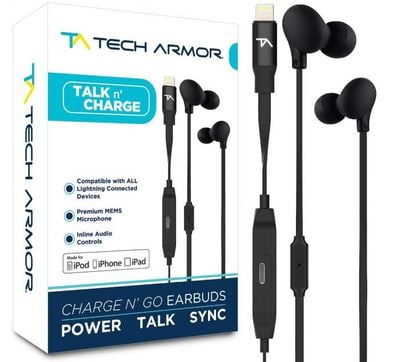
With rumors suggesting the 2018 iPad Pro models won't feature a headphone jack either, 3.5mm headphone jacks may be further phased out, making Lightning headphones like these even more useful. Lightning headphones can be inconvenient, but the sound quality is better and the addition of a port on Tech Armor's solution fixes the charging problem.

Tech Armor's Lightning headphones, priced at $70, are Made for iPhone certified and plug into the Lightning port of an iPhone or iPad. A Lightning port is built into the inline cable, so you can charge your iPhone or iPad while you're listening to music or playing a game, and they're resistant to tangling.

A microphone is included so you can use the headphones for phone calls, and there's also a remote for controlling the volume, answering/ending calls, or playing/pausing content. Tech Armor includes multiple earbud caps in the package to fit a wide range of ears.

We have ten sets of Tech Armor's Lightning earbuds to give away to MacRumors readers. To enter to win, use the Rafflecopter widget below and enter an email address. Email addresses will be used solely for contact purposes to reach the winners and send the prizes. You can earn additional entries by subscribing to our weekly newsletter, subscribing to our YouTube channel, following us on Twitter, or visiting the MacRumors Facebook page.
Due to the complexities of international laws regarding giveaways, only U.S. residents who are 18 years or older and Canadian residents (excluding Quebec) who have reached the age of majority in their province or territory are eligible to enter. To offer feedback or get more information on the giveaway restrictions, please refer to our Site Feedback section, as that is where discussion of the rules will be redirected.
The contest will run from today (August 3) at 11:00 a.m. Pacific Time through 11:00 a.m. Pacific Time on August 10. The winners will be chosen randomly on August 10 and will be contacted by email. The winners will have 48 hours to respond and provide a shipping address before new winners are chosen.


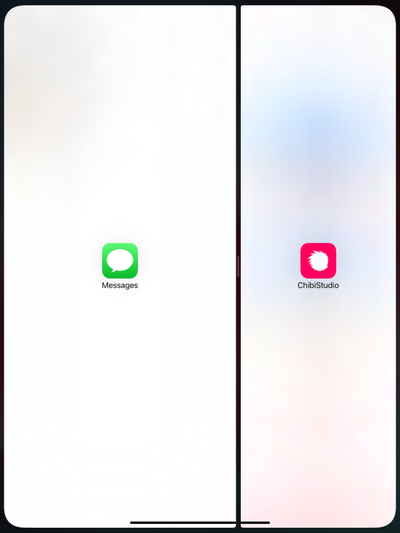
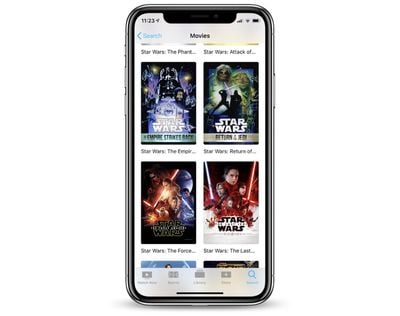
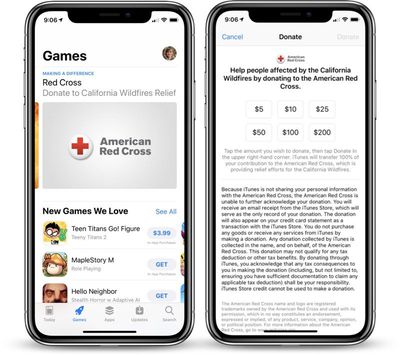

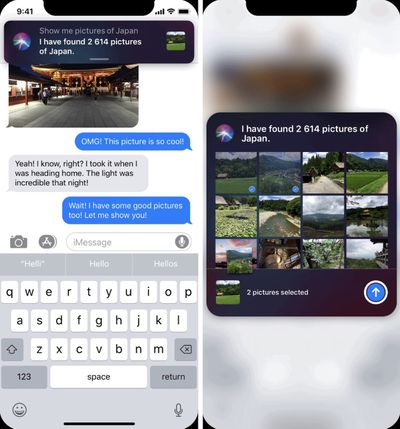

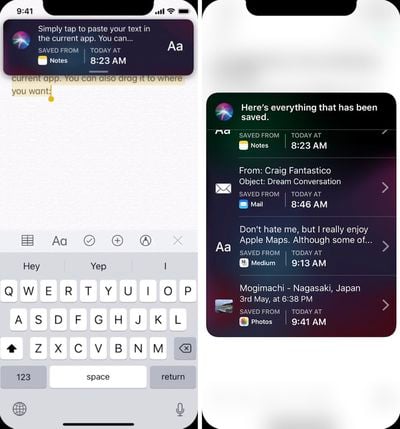
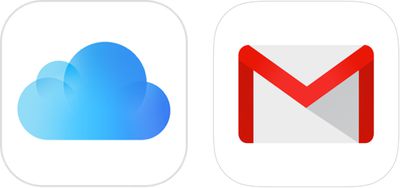
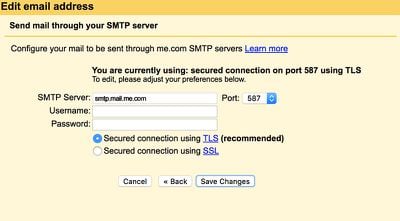
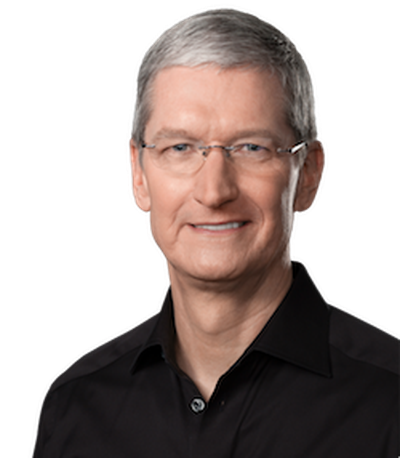 Apple today
Apple today 
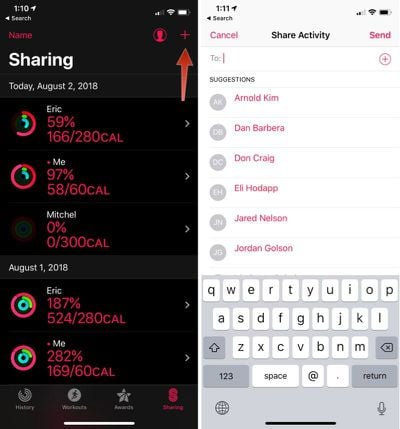
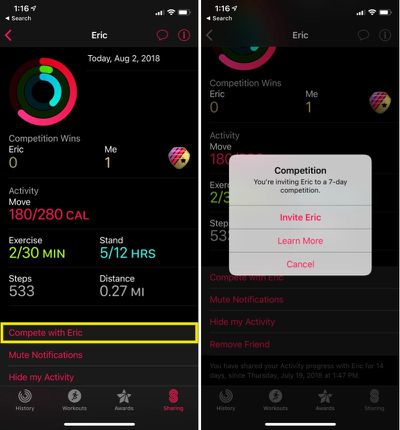
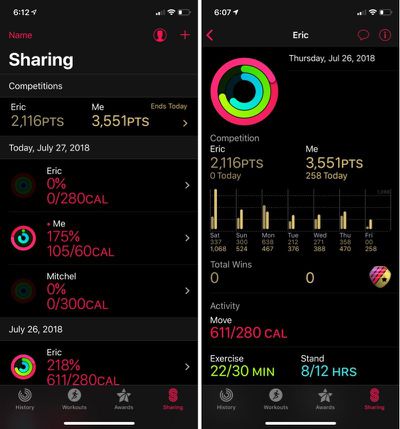
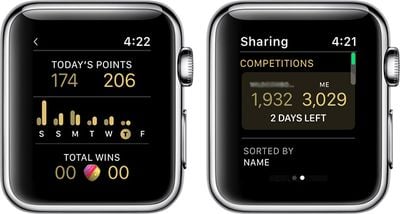
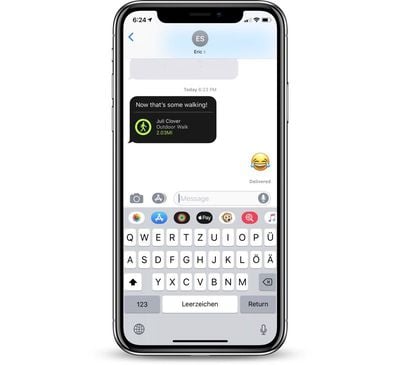
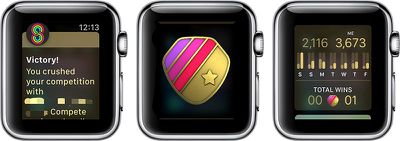
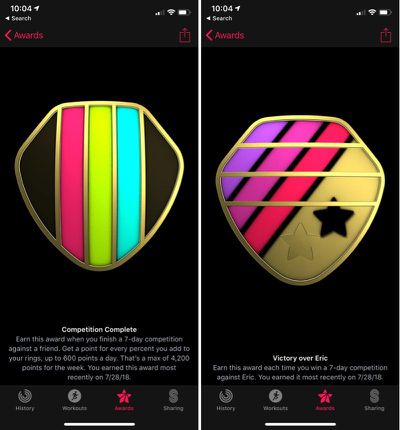
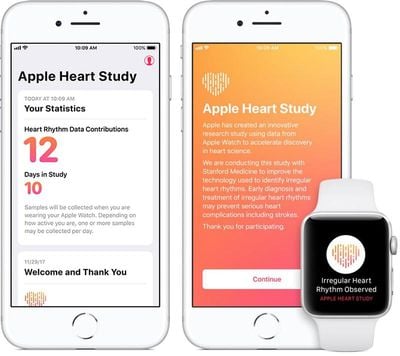
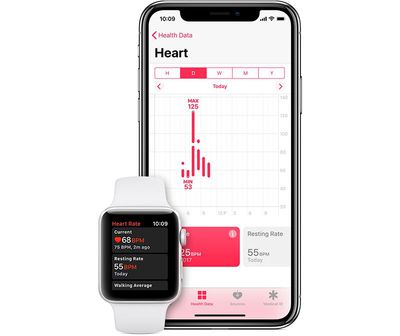

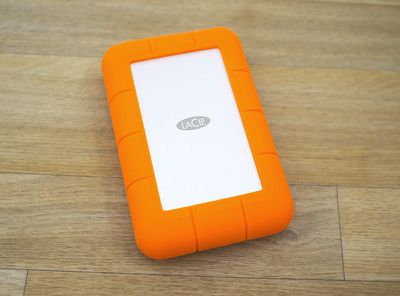
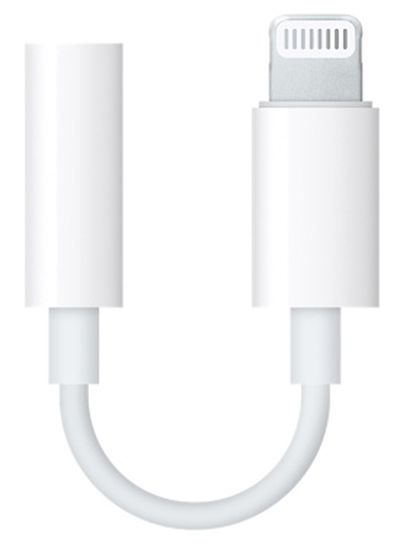 It has been nearly two years since Apple released the iPhone 7 without a headphone jack, forcing users who still use wired headphones to plug them into the Lightning connector using an adapter included in the box.
It has been nearly two years since Apple released the iPhone 7 without a headphone jack, forcing users who still use wired headphones to plug them into the Lightning connector using an adapter included in the box. Note: MacRumors is an affiliate partner with these vendors. When you click a link and make a purchase, we may receive a small payment, which helps us keep the site running.
Note: MacRumors is an affiliate partner with these vendors. When you click a link and make a purchase, we may receive a small payment, which helps us keep the site running.



 This means that those users who opted for Apple's printing service in the past will now be able to transition to Mimeo Photos and its macOS extension to find all of the features that they're used to. Specifically, in Mimeo Photos the company says customers will now find design themes, product sets, templates, book sizes, materials, and print quality that is all "the same" as Apple's Photo Books service.
This means that those users who opted for Apple's printing service in the past will now be able to transition to Mimeo Photos and its macOS extension to find all of the features that they're used to. Specifically, in Mimeo Photos the company says customers will now find design themes, product sets, templates, book sizes, materials, and print quality that is all "the same" as Apple's Photo Books service.

